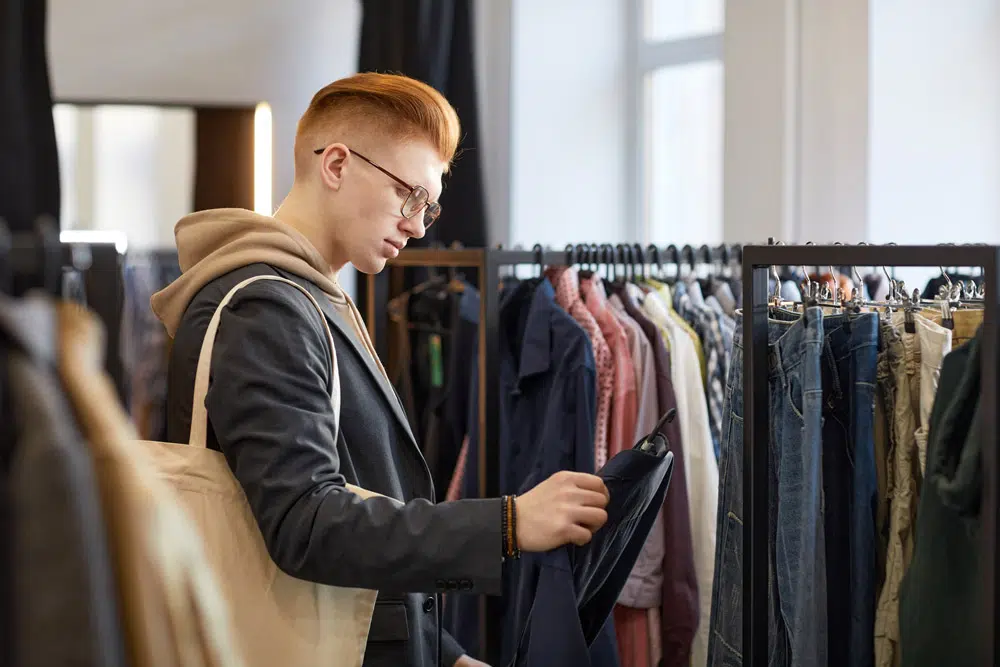
According to a U.S. Grocery Manufacturers Association (GMA) study, the average visible inventory breakage, i.e., when the retailer’s systems have zero inventory, is 2%. To reduce this gap, retailers invest significantly in systems, analytics, and optimization of logistics processes to obtain a perfect inventory level at the store, which allows them to minimize breakage and, therefore, increase the product availability in the store. However, this is not enough. The same association (GMA) indicates that an even greater problem is hidden in invisible shrinkage, i.e., when there is positive inventory in the systems, but the product is not on the shelf or the sales floor. GMA estimates that invisible shrinkage in the sales floor amounts to 6%.
Invisible shrinkage
In general, invisible shrinkage occurs when products are in the warehouse but not available to the customer, when the product is in the hands of a customer who has not yet completed the purchase process, or when the product is definitely not in the store but is not reflected in the systems. The latter is called phantom inventory and occurs due to product shrinkage, theft, or product incorrect scanning at checkout.
Stock out of stock
When analyzing the effect of a stock out over the purchase decision, studies show that on average, customers exchange the product for an equivalent one in the store or return at another time to buy it, 60% of the opportunities. This implies that when a customer does not find a product available, there is a 40% potential sale loss expectancy. This generates losses of up to 3.3% of potential sales, of which 0.8% are associated with visible inventories and 2.4% with invisible inventories.
As mentioned above, retailers have historically invested a lot of resources in better logistics processes, more efficient distribution centers, demand planning software, etc., which addresses one-third of the problem mentioned above. Hence, a new question arises: what to do with the remaining opportunity? (i.e., the in-store problems that generate up to 2.4% of lost sales).
With hundreds of thousands of SKUs on a sales floor and staff dedicated to sales or administrative tasks with very intense day-to-day work, it is challenging for the teams to realize product breaks on time. The stock breaks can last for days or even weeks. An alternative solution often used is to dedicate more staff to reviewing “must-have” products. However, this is costly and only addresses part of the problem.
Frogmi has developed a more efficient and lower-cost alternative. Using the retailer’s real-time sales information and historical data to feed artificial intelligence algorithms, it is possible to automatically detect sale anomalies over products with positive inventory in its systems. These anomalies are translated automatically in real-time into product review tasks through a task management system. This platform is unique in the market since it has been designed explicitly for product-level tasks. A review task would be, roughly speaking, to validate if the product is at the shelf, with the correct price tags, and, if there are promotions, with the associated POP material. Suppose the problem cannot be solved by these tasks because, for example, the store does not have physical inventory on the shelf or in the warehouse. In that case, Frogmi sends an automatic task to the corresponding area to solve the problem. At the same time, it activates time control to ensure that the issue is solved as soon as possible. With Frogmi, customers have improved their shelf availability by up to 4pp, which has translated into an increase in sales of up to 1.5%.













